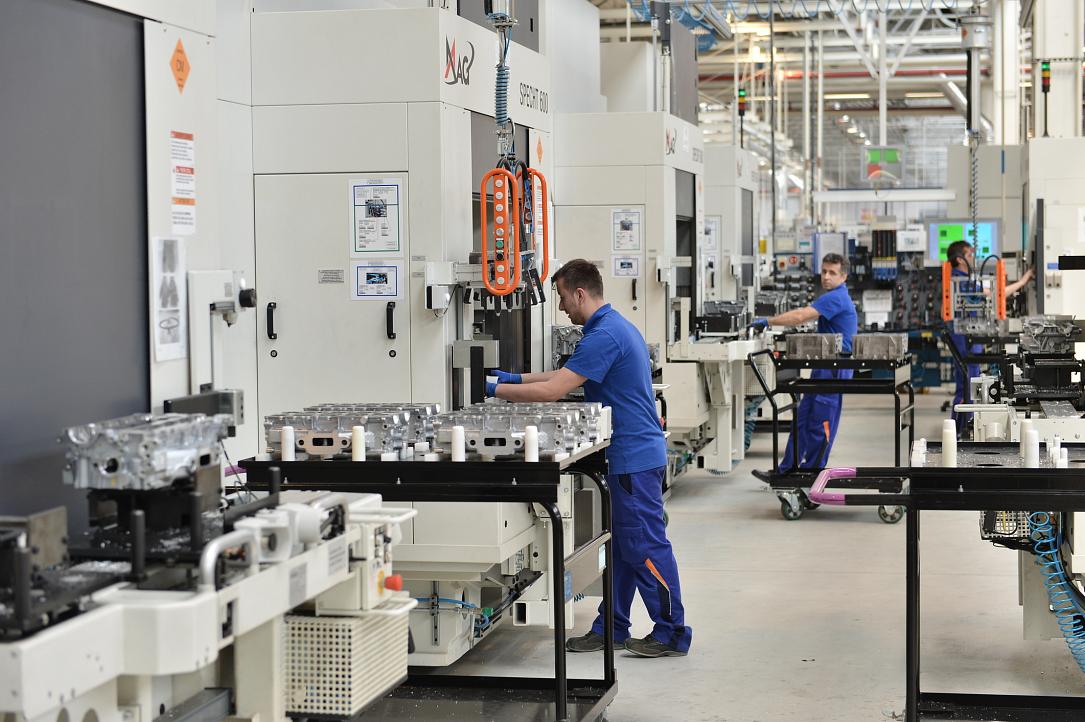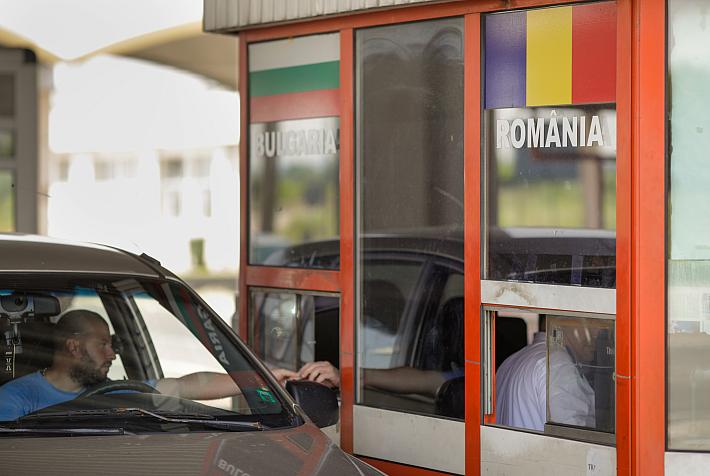Romania’s industry remains region’s laggard, with a 6.3% decline vs 2019

The industrial output in Romania decreased by 4.8%% y/y in May and by 4.7% in the entire year-to-date period (January-May), while the contraction in the core manufacturing sector was around 4% y/y (-3.9% y/y on average for January-May), according to the statistics office INS.
The downward trend is particularly visible in energy-intensive industries (chemistry, metallurgy) and wood processing, where the tighter regulations compressed the profit margins.
Compared to the period before the Covid-19 crisis (2019 year average), Romania’s manufacturing output in January-May was 6.3% lower, seasonally adjusted.
This is the weakest performance in the Central and East European region, where Poland and Latvia boasted a 22%-23% advance in January-May compared to 2019. Out of the 12 countries covered by the survey, only two others posted negative performances: Slovakia (-1.9%) and Estonia (-1.7%), according to Eurostat data.
Speaking of specific industries in Romania, there are few survivors and many in dire situations. The sole industry boasting robust growth (23% in January-May compared to the 2019 average) is that of computer, electronic and optical products manufacturing – mainly car parts in the case of Romania.
The production of machinery and equipment (including various mainly non-household devices) increased by 9% on the same comparison basis. Other two industries with significant positive growth over the past four years are food processing (+4.7%) and pharmaceuticals (+5.6%).
In contrast, the industries of furniture, other wood processing, chemicals and light industries posted losses deeper than 20% in January-May compared to 2019.
Interestingly, the manufacturing of motor vehicles, a main contributor to Romania’s exports, contracted by 6.2%. Production of other transport equipment (such as locomotives, tramways and others) increased by 5%.
iulian@romania-insider.com
(Photo source: Silviu Matei/Dreamstime.com)













